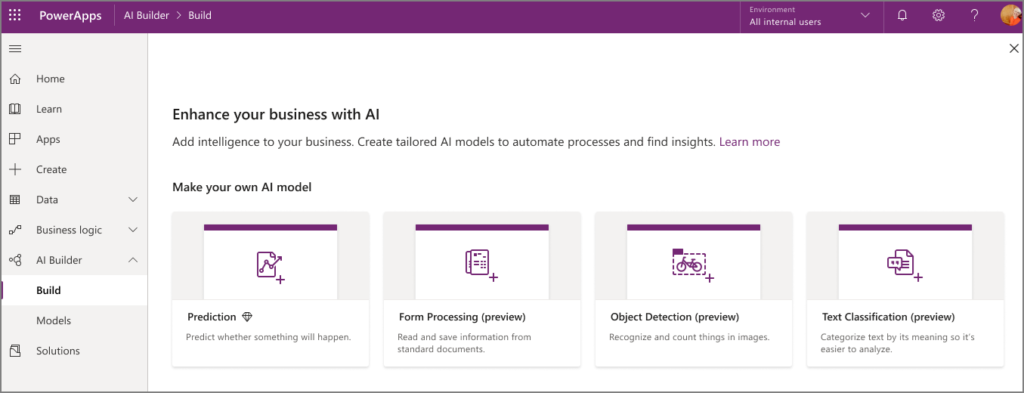The labor market is tighter than ever as the “Great Resignation” continues, and teams across your organization are likely feeling the impact of having too much to do and too few people to get it done. This turns necessary but highly administrative (aka: tedious) tasks into a point of frustration.
Your business depends on these activities being done correctly and in a timely manner. At the same time, retaining your highly skilled employees depends on keeping them engaged and combating burnout. This persistent challenge may seem like just a “part of doing business,” but it doesn’t have to be that way.
Consider your accounting team, for example. Your organization likely receives hundreds, perhaps thousands, of invoices each month. Every single one needs to be verified, entered, and processed by that group to keep your business running smoothly. If this process is currently manual, it’s slow, tedious, and requires a highly skilled accounting team member to spend their time on mind-numbing work that they likely don’t look forward to completing.
Fortunately, there’s a better way to complete these tasks quickly and accurately and give your workers the time to focus on more meaningful and engaging work: process automation!
In this video and blog post, you’ll learn how you can use Robotic Process Automation (RPA) and Microsoft AI Builder to save money, speed up throughput, reduce errors, and enable your team to focus on their most important work. You’ll also learn how you can complete this incrementally without risking disruption to your team and at a cost that can generate a solid ROI, often within a year.

What Is Microsoft AI Builder?
To start, it’s important to understand what Microsoft’s AI Builder is. Simply stated, it equips experienced developers and business experts alike to build AI-powered automations thanks to its numerous “out of the box” templates that interact with a wide array of applications.
In more detail, Microsoft’s AI Builder provides a low code, streamlined approach for the automation of critical business functions, such as invoice processing, which have historically been done manually. It empowers small and mid-sized businesses to create AI models and program “bots” (or “digital workers”) to automate their teams’ most monotonous work. Plus, it’s hosted securely on the Microsoft platform where, odds are, most of your applications already live.
Identify Opportunities for AI and Automation
AI and automation are exciting and trending topics, but when it comes to applying them to your business, the technology and implementation can sometimes feel intimidating.
- How will you decide what to automate?
- Will it be disruptive to implement?
- How long will it take?
- Is it expensive?
These are all valid questions. The good news is that with adequate planning and an incremental approach to implementation, companies of all sizes and from any industry are finding success quickly and achieving significant cost savings. The critical first step is to choose the right tasks to automate.
For example, as you evaluate processes for potential automation, consider whether the relevant forms or data sets are consistent or if there’s significant variation. AI and automation are best suited for handling tasks where there is at least some structure in place.
Consider again your accounting team. Invoice processing is an excellent candidate for AI and automation because invoices are usually semi-structured and have a relatively small number of common variations. Since each type of invoice layout will need to be trained and programmed separately, you can see how having limited variability helps you get up and running quickly and start moving towards a positive ROI.
Deploy Automation to Suit Your Needs
Once you’ve identified the processes that you’d like to automate, it’s time to train the digital worker to do the work. With Microsoft’s AI Builder, this is simple and requires little to no coding.
In the invoice processing scenario, you’ll first instruct the bot with how it should handle each type of invoice. Once trained, the digital worker can complete each task in just seconds – much faster than even your most efficient team member completing the work manually.
What if the bot isn’t sure of what to do with a particular invoice? This is when your employees get involved to evaluate the edge cases that inevitably come through. In these scenarios, email alerts are set up to notify the appropriate team member of which form or invoice needs human attention.
It’s worth mentioning that, for some processes, automating the data extraction might not be cost-effective, like if there is significant variability in the forms or data sets. That said, automation can still be extremely valuable in other areas of the process, like in preparing documents for inspection. The key is to find the right levers to pull that will create the most value and free up your teams’ time.
Take Back Your Business with Microsoft’s AI Builder
Manual processes like invoicing or processing sales orders are vital to your business. These activities simply cannot be ignored or fall behind schedule due to lack of time or staffing.
Tools like Microsoft’s AI Builder can be utilized to handle the tedious tasks that would take your team hours to complete. Automation frees them up to handle exceptions and more complex problems as they arise, enabling them to use their skills to the fullest and feel more satisfaction in their work.
If your team is currently processing structured or semi-structured forms manually, schedule time to speak with one of our implementation specialists about how to introduce automation to your organization.
